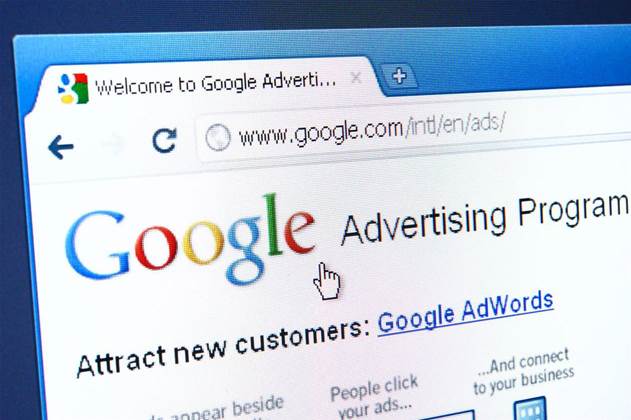Data, math and marketing are old acquaintances. Working backwards through time, one travels through the eras of Programmatic, CRM, Database Marketing, Direct Marketing, and Scientific Advertising. Still, any way you slice it, the last 20 years have been singularly all about the data. Audience data. Conversion data. Device graph data. First, second and third party data. Identity data. Targeting data. Measurement data. Big data.
The programmatic era of advertising data obsession stemmed in large part from easy availability. New websites, new apps, new devices, and the Internet reliably generate ever more-massive streams of data exhaust. Huge datasets which were (and to some degree still are) easily linkable — with or without the end user’s knowledge or informed consent. Advertising’s digital data fixation is also born of financial results. Targeting works. Descriptive and predictive statistical models work. Learning algorithms work. Data-driven testing of audiences, offers, and creative works.
But big data isn’t necessarily better data. This is especially true when the mechanisms necessary to link these giant behavioral data sets — like cookie and device IDs — become scarce. This is exactly what is happening today, as the practices of unfettered data collection, matching and linking is brought to heel by two forces. First: privacy laws, such as GDPR and CPRA. Second, the self-interest that the largest digital platforms — Alphabet (Google), Amazon, Apple and Meta (Facebook) — have in proprietary data, which affords them enormous proprietary advantage.
Fortunately, many, many important questions don’t need big data to answer. For example: How many people am I trying to talk to? Where do they live? What is the incremental benefit of shifting media budget from linear TV to streaming TV? Which advertising platforms have the largest reach into my target audience?
The answers to these questions are small, but macro. Think about macro data as a distilled and concentrated approach to advertising. Macro data sheds light on summary patterns, which even if only directionally correct can be more valuable to media planning and measurement than the deepest data lakes.

Following are a few ways to capture the differences between the waning Programmatic Advertising era, and the early days of post-digital Macro Advertising.
For marketers, perhaps the single most important mindset shift is to temper the focus on access to big data with strategies for the application of small data at scale.
Eric Schmitt is a senior director, analyst for Gartner.
This column is republished with permission from Gartner Blog Network



_(20).jpg&h=140&w=231&c=1&s=0)
_(22).jpg&h=140&w=231&c=1&s=0)







 iTnews Executive Retreat - Security Leaders Edition
iTnews Executive Retreat - Security Leaders Edition












_(1).jpg&h=140&w=231&c=1&s=0)



